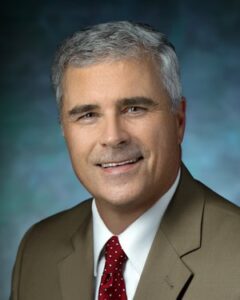Takeaway
CLOSLER has a wealth of material that can be leveraged to enhance teaching in a variety of settings, including lectures, bedside, and small group discussions.

Lifelong Learning in Clinical Excellence | November 23, 2022 | 1 min read
By Richard Schaefer, MD, MPH, Johns Hopkins Medicine
For the past five years, CLOSLER has published four articles per week related to its mission which is “stimulating healthcare professionals and trainees to reflect on giving exceptional care to every patient.” The beautifully written pieces focus on humanism in medicine and related topics. The website is free, and its articles are easily readable and searchable. They are available to everyone to enhance teaching and other scholarly work.
I recently cited two CLOSLER articles from my own orthopedic department for a grand rounds presentation. These include John Wilckens’ piece sharing that an initial appointment for an injured athlete can provide “a wonderful opportunity to turn the experience into a positive one” by “showing empathy and educating.” Carey Roesler had a thoughtful piece on how televisits reminded her of the importance of listening and nonverbal clues while providing an opportunity “to let patients know another person cares about them.”
While CLOSLER has wonderful pieces authored by experienced clinicians such as above, it also contains important, moving articles written by medical students. Aiden Crowley said that “a hug can be medicine” and that simple “presence and accompaniment” provides more for the patient and family than we might think. And Emily Rodriguez reminded us to “take the time to connect and genuinely understand” our patients.
CLOSLER has many additional beautiful articles about the human side in medicine. Subscribe, search, read, quote and reference them in your scholarly work and teaching.
This piece expresses the views solely of the author. It does not necessarily represent the views of any organization, including Johns Hopkins Medicine.

